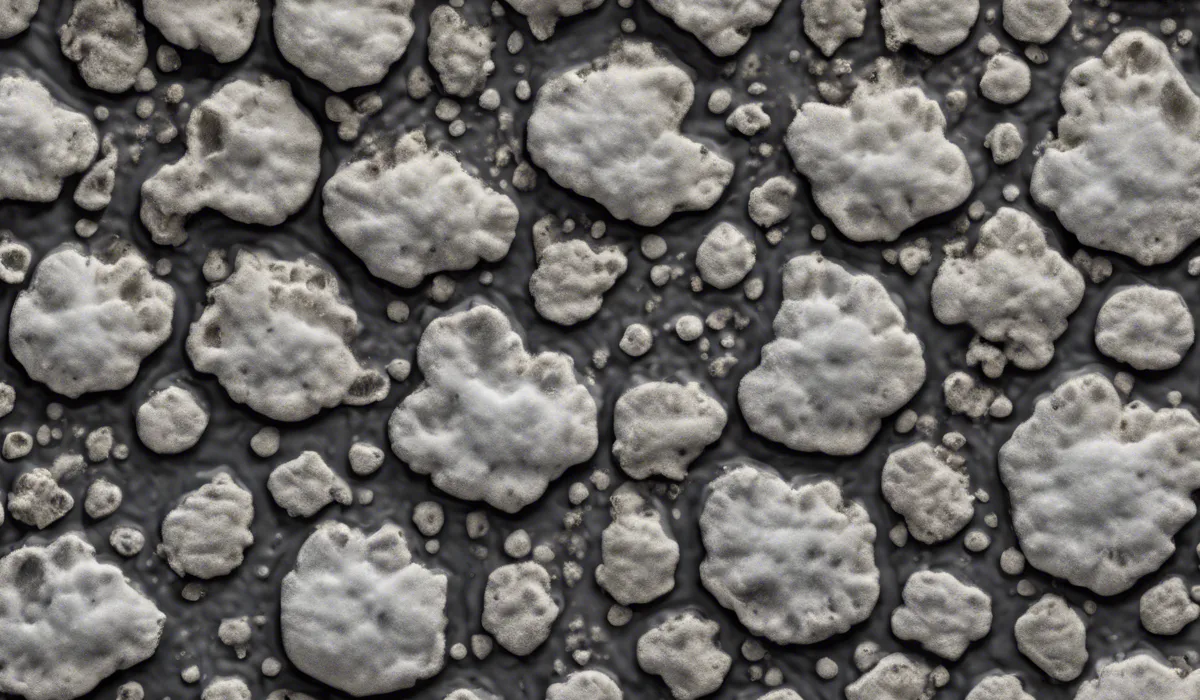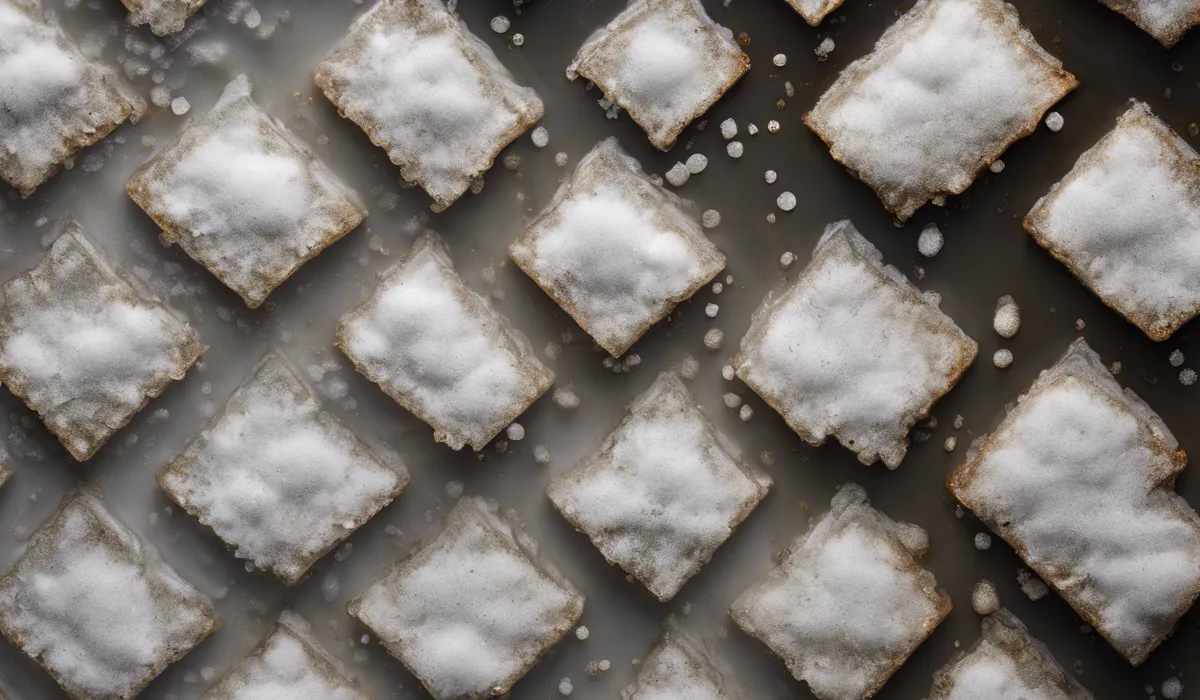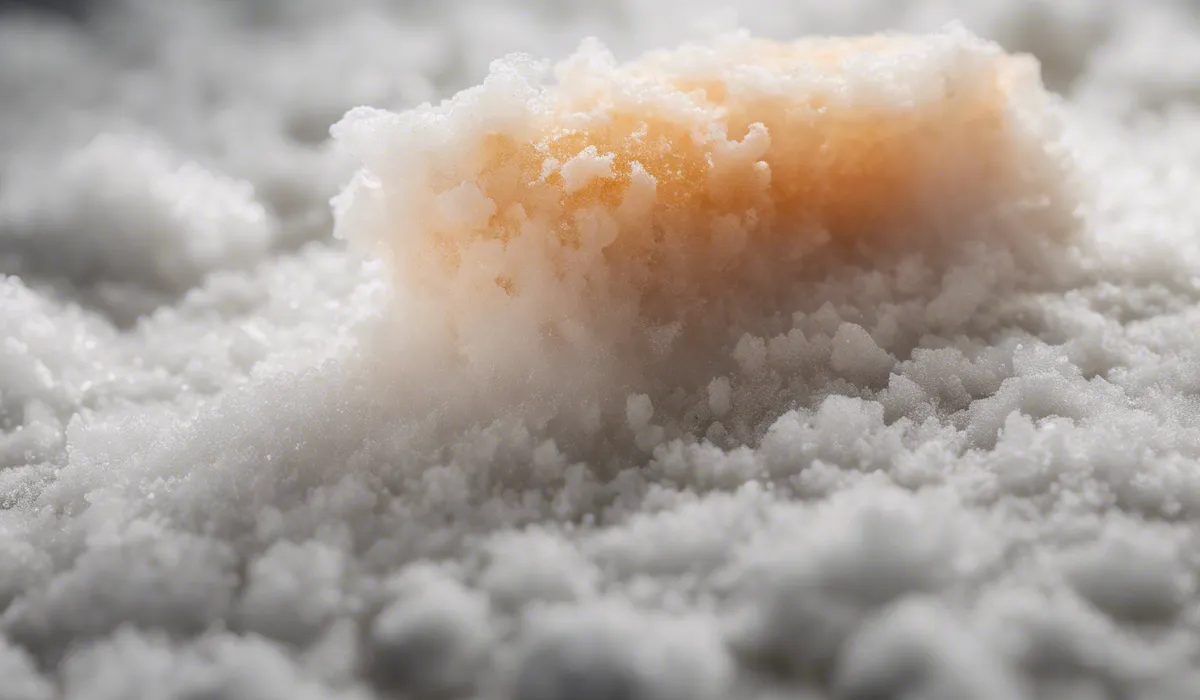Salt does not kill mold. It can dehydrate and inhibit growth but won’t eliminate it. For effective mold removal, other methods like vinegar or bleach are better. Always clean the area thoroughly after any treatment.
Understanding Mold and Its Growth Requirements

What is Mold?
Mold is a type of fungus that grows in the form of multicellular filaments called hyphae. These tiny organisms reproduce through spores and are found both indoors and outdoors.
Mold comes in various colors and can look like spots. It can grow quickly in the right conditions, sometimes causing problems for homes and the health of people.
Growth Requirements of Mold
Mold needs three main things to grow: moisture, warmth, and food. Moisture can come from leaks or high humidity.
Warmth is often found in homes, especially in areas that are not well ventilated. Mold eats different things, like paper, wood, or other materials found in buildings. When these conditions are present, mold can start to grow in as little as 24 to 48 hours.
Mold’s Favorite Spots in Your Home
Mold loves damp, warm places. In homes, you can often find it in basements, bathrooms, kitchens, and anywhere there might be a leak.
It also likes areas with a lot of humidity, like laundry rooms. Sometimes it hides behind walls or under floors, so it’s not always easy to see.
Role of Salt in Inhibiting Mold Growth

Salt as a Moisture Absorber
Salt can pull water out of the air and away from things. This is because salt is hygroscopic, which means it loves water.
When salt is around, it can help keep things dry, which makes it harder for mold to grow since it needs moisture.
How Salt Stresses Mold?
When there’s a lot of salt, it creates a tough environment for mold. The salt can pull water out of the mold, making it dry up.
This is called osmotic pressure. It does not kill the mold, but it can stop it from growing more.
Salt in History and Food Preservation
For a long time, people have used salt to keep food from going bad. Salt stops mold from growing on food by taking away the moisture.
This helps the food stay good for a longer time. It’s a trick that has helped people store food way before there were fridges.
When Salt Might Not Work?
Salt can help with mold, but it has its limits. If there is not enough salt, it might not do much.
Also, if the place is very wet or has a lot of water damage, salt alone won’t solve the problem. Other things like the type of surface and the temperature can also affect how well salt works.
Methods for Using Salt to Combat Mold

DIY Salt Solutions for Mold Prevention
You can make your own mixtures at home to help stop mold. Mixing salt with water and spraying it on areas prone to mold can help.
You can also put bowls of salt in places that are very humid to help keep the air dry.
Step-by-Step Salt Treatment for Small Mold Spots
If you see a little bit of mold, you can try to treat it with salt. First, mix salt with hot water until the salt stops dissolving.
Then, use a sponge or brush to scrub the salty water onto the mold. After that, let it dry. The salt should help dehydrate the mold and stop it from growing.
Using Salt on Different Materials
Salt can be used on lots of surfaces, but you have to be careful. It can be okay for hard surfaces like tiles or glass, but you might not want to use it on things that can be damaged by salt or water, like certain metals or delicate fabrics.
When to Call the Pros for Mold?
Sometimes, the mold problem is too big for DIY solutions. If the mold is spread out over a large area or if it keeps coming back, it might be time to get help from professionals.
They have special tools and knowledge to get rid of mold safely and effectively.
FAQs About Does Salt Kill Mold
Can salt be used to effectively kill mold?
No, salt does not kill mold; it may dehydrate and inhibit the growth of mold but cannot eliminate it completely.
Is salt a good preventative for mold growth?
Salt can inhibit mold growth due to its dehydrating properties, but it is not the most effective preventative measure.
What is the best way to remove mold?
For effective mold removal, using vinegar, bleach, or specially formulated mold removal products is recommended.
Can I clean mold using just salt and water?
Cleaning mold with just salt and water is not advisable as it will not completely remove the mold.
After treating mold with vinegar or bleach, what should I do next?
After treating mold with vinegar or bleach, it is important to clean the area thoroughly to remove any dead mold and residue.
Final Thoughts
While salt can dehydrate mold and slow its growth, it is not a definitive solution for mold removal.
To effectively eradicate mold, employing methods such as vinegar or bleach is recommended. Thorough cleaning is crucial post-treatment to ensure that the mold is completely removed.
